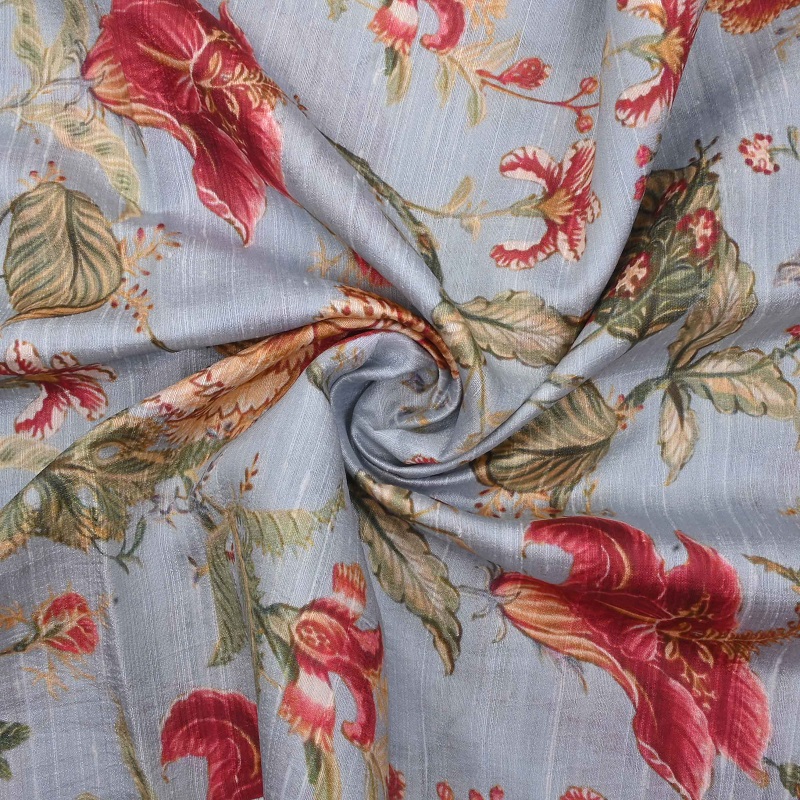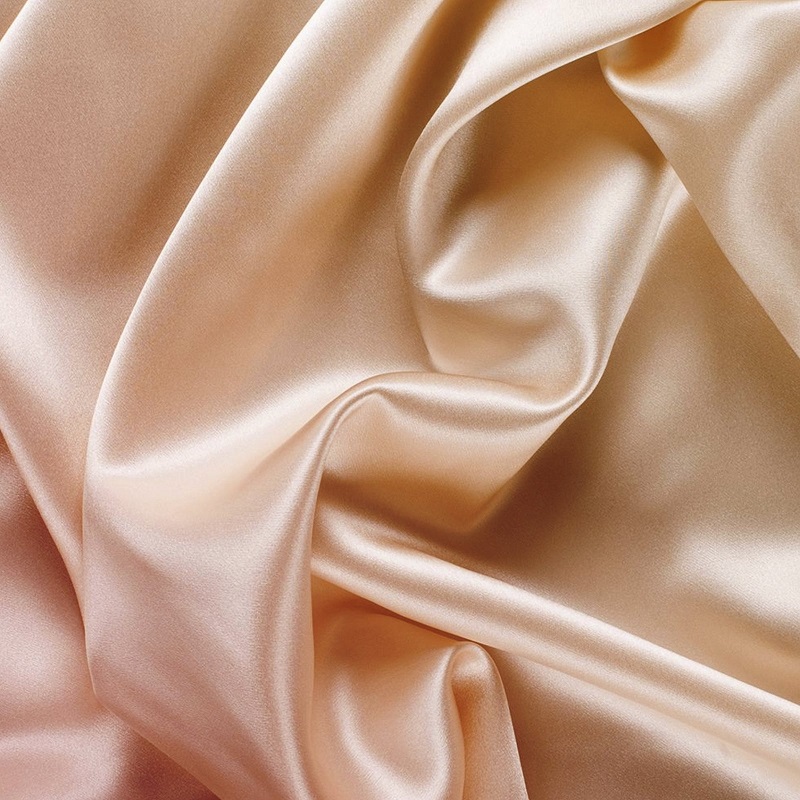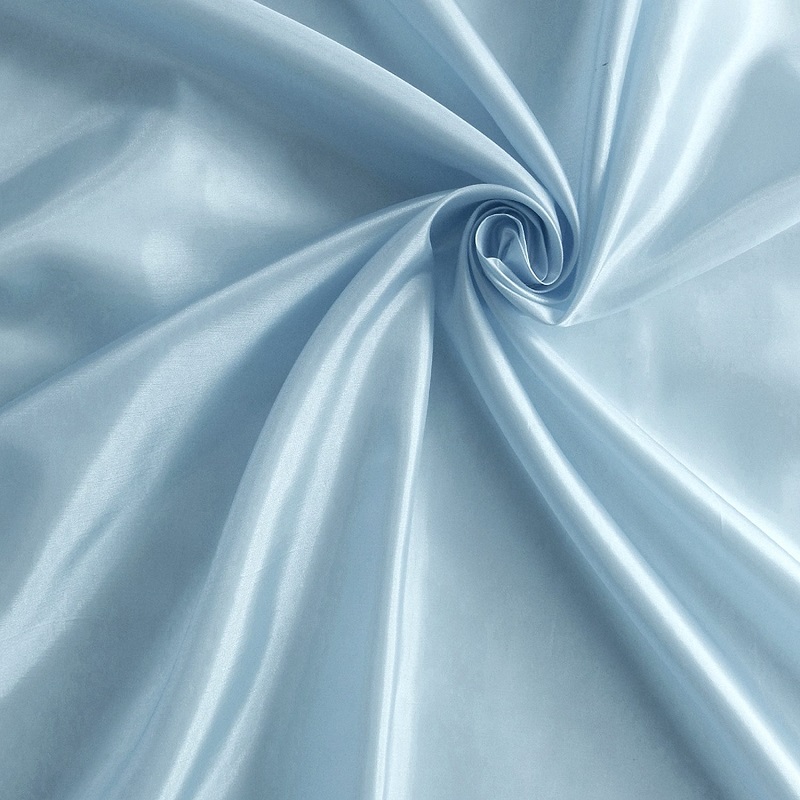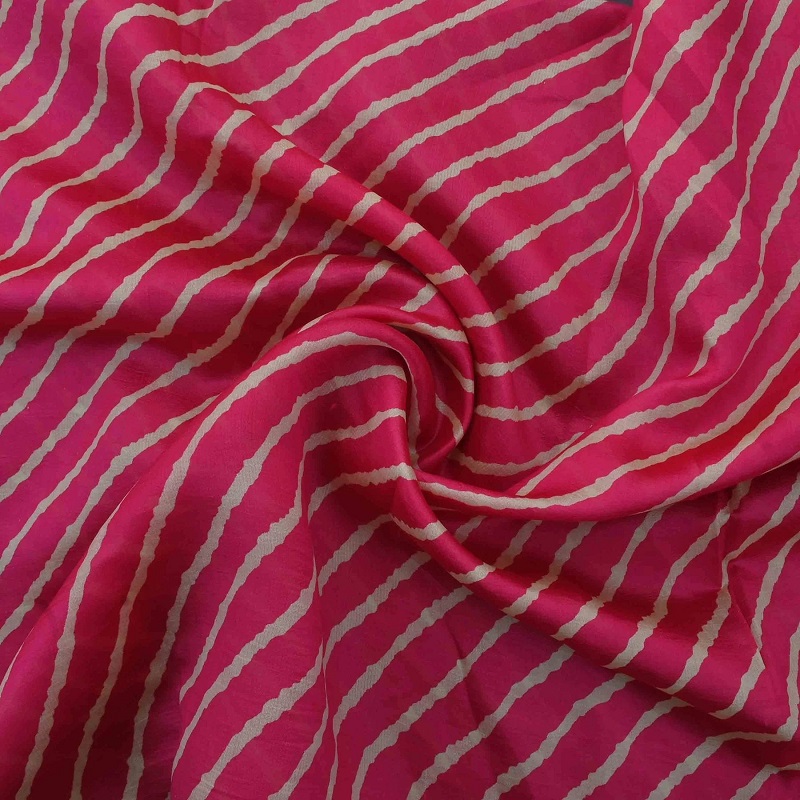Silk fabric, renowned for its luxurious feel and lustrous sheen, is one of the oldest and most esteemed textiles in human history. The journey from silk cocoon to couture garment is a fascinating process that combines meticulous craftsmanship with advanced technology. This article explores the comprehensive steps involved in making silk fabric, from the initial harvesting of silkworms to the final touches in high fashion.
The Origins of Silk Production
Historical Background of Silk
Silk has been an integral part of human culture for thousands of years. Originating in ancient China, its production began as early as 2700 BCE, with legend attributing its discovery to Empress Leizu. Initially, silk was a highly prized commodity, reserved for royalty and nobility due to its rarity and the labor-intensive process required to produce it. Over the centuries, the secrets of silk-making spread along the Silk Road, influencing various cultures and regions.
The Role of Silkworms
The primary source of silk is the silkworm (Bombyx mori), a domesticated moth whose larvae produce the silk fibers used in fabric. Silkworms feed primarily on mulberry leaves and spin their cocoons using a continuous thread of silk. This thread, composed mainly of fibroin protein, is what eventually becomes the silk fabric. The lifecycle of the silkworm is central to the silk production process, and understanding it is crucial for producing high-quality silk.

Harvesting the Silk Cocoon
Cocoon Collection
The process of harvesting silk begins when the silkworms have completed spinning their cocoons. This stage typically lasts about 2-3 days, during which the silkworm spins a cocoon around itself for protection. To collect the cocoons, they are carefully gathered and sorted to ensure that only the best quality cocoons are selected for further processing. The timing of this collection is critical, as waiting too long can lead to the larvae emerging and damaging the silk threads.
Boiling and Unraveling
Once collected, the cocoons are subjected to a process known as boiling or “stifling.” This step is essential for loosening the silk threads and killing the pupa inside to prevent it from emerging. The boiled cocoons are then placed in water to soften the sericin, a protein that holds the silk threads together. After soaking, the silk threads are carefully unraveled from the cocoon using specialized tools. This delicate process yields long, continuous threads of raw silk.
Spinning and Weaving
Spinning Raw Silk into Yarn
The raw silk threads extracted from the cocoons are not yet ready for fabric production. These threads are first spun into yarns, which involves twisting and aligning the threads to enhance their strength and consistency. This process may be done by hand or using spinning machines, depending on the scale of production. The quality of the spun yarn significantly impacts the final texture and durability of the silk fabric.
Weaving Techniques
The next step is weaving the spun silk yarns into fabric. This can be done using various weaving techniques, including plain weave, satin weave, and twill weave. Each technique produces different textures and patterns in the fabric. Plain weave, for instance, creates a simple, flat texture, while satin weave results in a smooth, glossy surface with a characteristic shine. Weaving is a complex process that requires skill and precision to ensure the fabric meets the desired specifications.

Dyeing and Finishing
Dyeing Silk Fabric
After weaving, the silk fabric is ready for dyeing. Silk’s absorbent nature allows it to take dye exceptionally well, resulting in vibrant and rich colors. Dyeing can be done using natural or synthetic dyes, depending on the desired outcome and environmental considerations. The fabric is soaked in dye baths, and the process may involve multiple stages to achieve the perfect hue. The dyeing process is followed by rinsing and drying to set the color and ensure even coverage.
Finishing Processes
Finishing processes are crucial for enhancing the fabric’s appearance and performance. These include treatments to improve the fabric’s sheen, texture, and durability. Common finishing techniques for silk include calendaring, which imparts a high gloss, and softening treatments to make the fabric more pliable. Additionally, silk may treat with anti-wrinkle or water-resistant finishes, depending on its intended use. The final finish greatly influences the fabric’s feel and usability in various garments.
The Role of Silk in Fashion
Historical Significance
Silk has played a prominent role in fashion history, symbolizing luxury and elegance. From ancient royal robes to contemporary haute couture, silk’s versatility and beauty have made it a favorite among designers. Historically, silk was used in intricate embroidery, elaborate gowns, and ceremonial attire, reflecting its high status and value. Its continued use in modern fashion underscores its timeless appeal and enduring relevance in the world of textiles.
Contemporary Applications
Today, silk is used in a wide range of fashion items, from high-end designer garments to everyday wear. Its smooth texture and lustrous finish make it ideal for creating elegant dresses, blouses, and scarves. Silk is also popular in lingerie and sleepwear due to its softness and breathability. Designers often choose silk for its ability to drape beautifully and enhance the visual and tactile qualities of their creations. The fabric’s adaptability ensures it remains a staple in both classic and contemporary fashion.
Sustainability and Ethical Considerations
Environmental Impact
The production of silk has environmental implications, including the use of water and energy resources. Traditional sericulture practices can strain local ecosystems, and the processing of silk can produce waste and pollution. Efforts are being made to address these issues through sustainable practices such as organic farming of mulberry trees and environmentally friendly dyeing methods. By adopting these practices, the silk industry aims to reduce its environmental footprint and promote more responsible production.
Ethical Concerns
Ethical considerations in silk production involve the treatment of silkworms and their welfare. The boiling of cocoons to extract silk raises concerns about animal rights. Some producers are exploring alternatives such as “peace silk,” which allows the larvae to emerge naturally before the cocoons harvest. This method aims to balance silk production with humane practices, although it can be more challenging and costly. Consumers and producers alike are increasingly aware of these ethical issues and are seeking ways to support more ethical and sustainable practices.

The Future of Silk Production
Innovations and Advancements
The silk industry continues to evolve with technological advancements and innovations. New methods in silk production, such as the development of synthetic silk fibers and improvements in sericulture techniques, are shaping the future of the industry. Innovations like bioengineered silk and sustainable production technologies are paving the way for more eco-friendly and efficient silk manufacturing processes. These advancements promise to enhance the quality and sustainability of silk while meeting the demands of modern consumers.
Trends in Silk Fashion
The future of silk in fashion is likely to influence by trends in both style and sustainability. Designers are exploring new ways to incorporate silk into innovative and eco-friendly designs, from casual wear to haute couture. The emphasis on sustainability and ethical production expect to drive the development of more environmentally conscious silk fabrics and practices. As the fashion industry continues to evolve, silk will remain a prominent and cherished material, celebrated for its beauty and versatility.
In conclusion, the process of making silk fabric is a complex and fascinating journey that involves multiple stages of production. From the harvesting of silkworms to the final touches of couture garments, each step plays a crucial role in transforming raw silk into the luxurious fabric we cherish. By understanding and appreciating this intricate process, we gain a deeper respect for the craftsmanship and dedication involved in creating silk fabric, and we continue to value its place in both historical and contemporary fashion.









